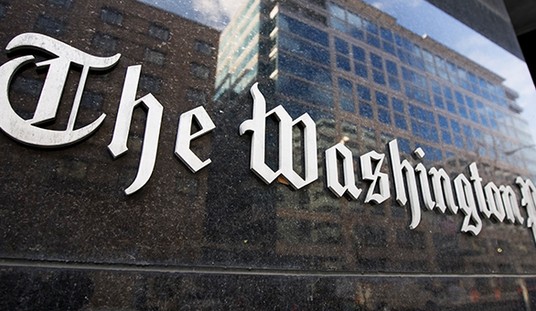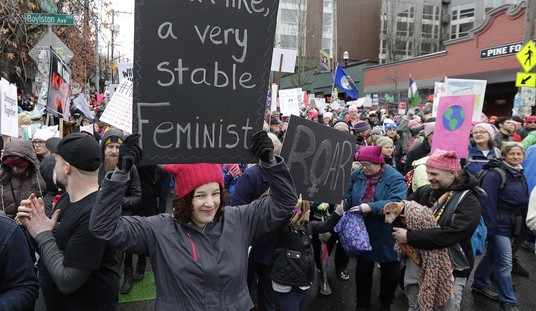An uncomfortable truth is that the history of humankind is – to a notable degree – a history of conflict and war, whether wars are seen as necessary and justifiable, or arbitrary, cruel and wanton. Beyond everything else that wars bring – destruction and suffering, victory for some and defeat for others – they also bring important lessons. And while we don’t always heed those lessons, wars still serve as important laboratories for the study of everything from conflict resolution and geopolitical theory, to enemy capabilities and tactics, to the effectiveness of specific technologies on the battlefield. The lessons from these conflicts fit into even broader buckets of people, processes, and technology. Throughout history, time and again, seemingly inferior forces have repelled and conquered opponents that are better equipped and better trained. What often sets these disadvantaged forces apart is the quality, spirit and dedication of their people.
The war in Ukraine is no different from any other conflict in this regard – and as the conflict grinds on, it is providing the world with a litany of models, insights and warnings in real-time. While the U.S. typically learns these lessons after a conflict – where they are written in blood – now is the time to learn from Russia’s missteps as we prepare for future challenge.
One of these lessons – which Russia is learning the hard way – is the monumentally-important and time-tested value of maintaining a robust reserve force that is well-trained, well-equipped, interoperable with active services, and primed to deploy at a high level of readiness.
Quite simply, reserves are absolutely vital to modern military operations, particularly large-scale, conventional operations that have to be sustained over extended periods of time – the exact kind of conflict that is transpiring currently in Ukraine. And the fact that Russia has not prioritized the creation – never mind the funding, training and equipping – of a stout reserve force is now rearing its ugly head in multiple ways.
The lack of reserves can be highly draining on a nation’s military or its missions. Planners have less latitude in designing operations, accounting for contingencies, and committing or shifting units and forces as the battle develops. Troops that are exhausted can’t be relieved as readily, which leads to slowdowns in momentum, more casualties, lost gains and battlefield reversals. And if enemy capabilities prove to be more resilient than anticipated, or if casualties are high, an army may be forced to re-commit its best troops to close gaps, which can then limit their use for other needs and priorities.
Recommended
Generally, Russia’s arguably weak force structure has been consistently cited as one of the core reasons for why they haven’t been able to achieve their objectives, why they can’t sustain momentum, and why they lack battlefield initiative and situational flexibility. On one level, Russia’s long-standing cultural, social and political hesitancy to trust lower echelon commanders to make decisions and lead at the ground level seems to be a major factor inhibiting movement and progress. On another, the fact that Russia has an army where most of its troops are conscripts that only serve one year almost completely precludes the development of competent, experienced leadership in the ranks. Russia’s lack of a sizable and empowered NCO corps is a fundamental problem that runs through both of these issues – and is a key driver behind everything from faltering morale, limited tactical progress, lack of initiative and overall combat ineffectiveness. All of these systemic issues have been playing out on the ground in Ukraine for the past 100 days – and the fact that Putin has recently signed a law that allows citizens over 40 to join the military to fight in Ukraine only reinforces Russia’s structural military problems.
It is hard to predict what will ultimately happen in Ukraine, what the end-state of the war might look like or how long the conflict will continue on. But, it can be confidently said that the losses suffered by the Russian military – both human and materiel – have been eye-opening. It is estimated that Russia has lost at least 1,000 tanks, and significant numbers of other vehicles, aircraft and combat systems. Losses of both Russian troops and high-ranking officers have also been high. But if Russia continues what has become a grueling campaign of attrition, not only will those losses continue to grow, but experts also suggest it could be harder for Russia to recruit and retain personnel and to get them to the frontlines to fight. And even though Russia’s military is one of the world’s largest on paper, those numbers have less gravity if political and military decision-makers can’t make it all work in practice.
The lesson from Russia’s war on Ukraine regarding the importance of reserves is a crucial one – and as the U.S. continues to prepare for future conflicts, it is one we should not ignore. Strong reserve and National Guard forces have always been a backbone capability within the U.S. military, and a measurable degree of our military success and ability to project power and sustain military operations with high demands over time is due to our Guard and reserves. They give American military planners and decision-makers a high degree of flexibility and reach-back. They allow us to maintain a potent force with higher end strength in a cost-conscious way. And they are instrumental to the American ideal of what a military should be used for because they reinforce the American concept of the citizen-soldier (integral to a healthy democracy).
As political leadership in Congress and the Administration budget and appropriate funding for DOD and design our Nation’s force structure in the coming years, the National Guard and reserve components should rank high on the ladder of consideration for how we build, train and equip our total force. Moreover, it is for these reasons that we need to provide resources for training of the crucial NCO corps that gives the U.S. and our allies a decisive fighting edge that cannot be replicated in other ways.
Frankly, the U.S. military – in the modern era with an all-volunteer force – could not conduct large-scale combat operations over lengthy deployment durations without our National Guard and reserves. With the war in Ukraine giving us a real-time look at what modern warfare looks like, we have a golden opportunity to observe, take notes, and learn what to do and not to do in the future. Seeing what the lack of a competent and capable reserve force can do to sap the capabilities of a modern military is clear – and a lesson we should take to heart as we plan the future of our own defense.
Travis Wright is a former Army National Guard officer and White House liaison.


